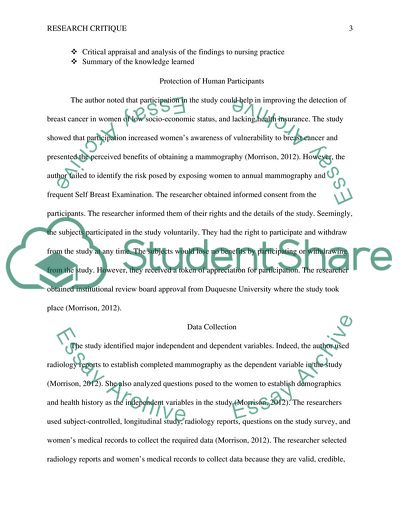Cite this document
(Critique research Assignment Example | Topics and Well Written Essays - 1000 words, n.d.)
Critique research Assignment Example | Topics and Well Written Essays - 1000 words. https://studentshare.org/medical-science/1863116-quantitative-studies-in-nursing-research
Critique research Assignment Example | Topics and Well Written Essays - 1000 words. https://studentshare.org/medical-science/1863116-quantitative-studies-in-nursing-research
(Critique Research Assignment Example | Topics and Well Written Essays - 1000 Words)
Critique Research Assignment Example | Topics and Well Written Essays - 1000 Words. https://studentshare.org/medical-science/1863116-quantitative-studies-in-nursing-research.
Critique Research Assignment Example | Topics and Well Written Essays - 1000 Words. https://studentshare.org/medical-science/1863116-quantitative-studies-in-nursing-research.
“Critique Research Assignment Example | Topics and Well Written Essays - 1000 Words”. https://studentshare.org/medical-science/1863116-quantitative-studies-in-nursing-research.


